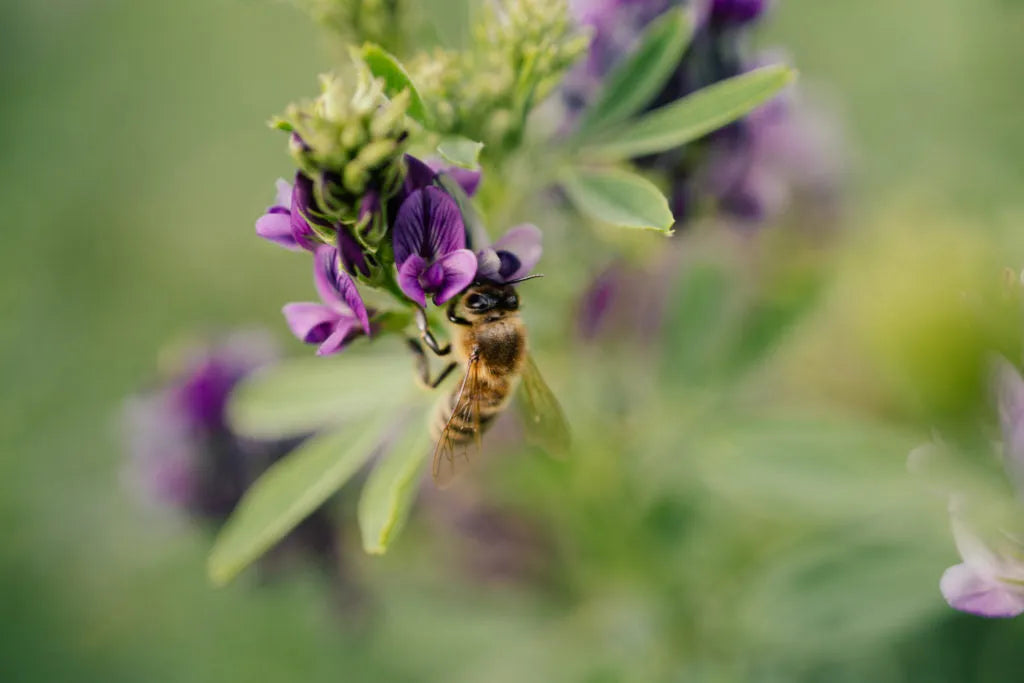Taking the Sting Out of Bee Stings
Honey Facts
So you’ve been stung by a bee. What do you do now? Treat it if you want to beat it: leaving a bee sting as-is is a surefire way to make it worse.
Start by removing the stinger as soon as possible. Scrape it off with your fingernail, credit card or other flat object. But whatever you do, don’t pull it out with tweezers. That may squeeze more venom into the sting. Bee stingers contain a venom sac that continues to pump venom into your skin for up to a minute, so removing it immediately means you stop hurting and start healing sooner.
Once you have the stinger removed, you’ll want to cool off the area with a compress, ice, frozen vegetables or the like. This reduces swelling and itching. Then, elevate the spot as much as possible, because minimizing blood flow to the area will help reduce swelling and redness. Finally, take an antihistamine or other allergy medicine, which can help reduce itching and redness. The swelling should subside within a few hours, but it can take a few days to fully go away.
While you’re healing, consider applying one of the litany of household items that have been shown to soothe to bee stings: essential oils, aloe vera, calamine lotion, apple cider vinegar, toothpaste, meat tenderizer and even honey. Kind of ironic, right? Honey can help you heal faster after a sting. Just make sure you’re back to safety first, because the smell of honey can attract more bees.
As always, we recommend our raw and unfiltered honey, both for beating cravings and treating stings.
Now that you’ve got things under control, let’s take a look at how your body reacts to a bee sting.
Reactions to bee stings come in two types: local and generalized. Local reactions are the typical kind, resulting in itching, redness and swelling around the site of the sting. Generalized reactions are much more severe, even fatal, allergic reactions where your immune system overreacts to the bee’s venom. They require immediate medical attention, usually in the form of an EpiPen.
Allergic or not, keep in mind that bees aren’t out to get you. If you don’t bother them, they won’t bother you. You can be extra cautious by avoiding brightly colored clothing, perfumes and scented hairspray. If all else fails and you find that you’ve bothered a bee, just walk away briskly. Bees are surprisingly slow fliers, and they have plenty of honey-making to keep them busy.

